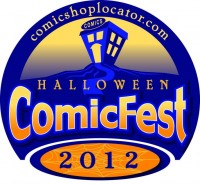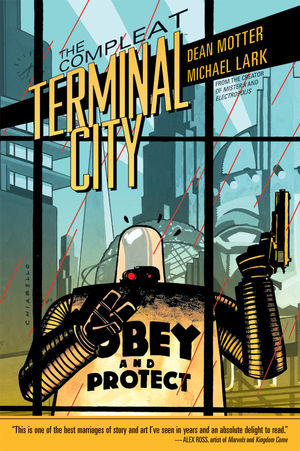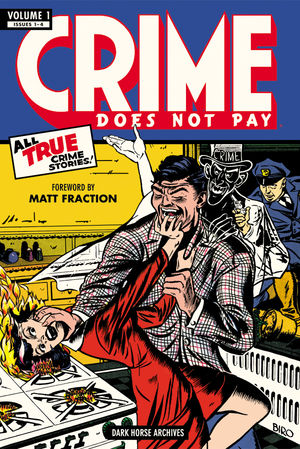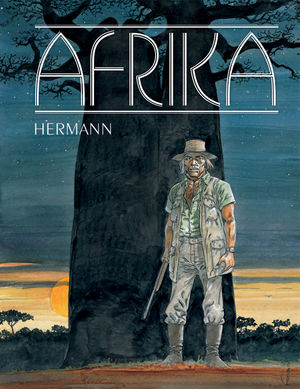Antarctica is a polar desert almost entirely covered by a vast ice sheet up to four km in thickness. The great white continent is a very apt description. The ice-free areas, often referred to as oases, carry obvious life in lakes and occasional small patches of lichen and mosses where there is sufficient seasonal melt water to support them. The majority of ice-free areas lie on the coastal margins of the continent, but there is a large inland ice-free region called the McMurdo Dry Valleys.
On the face of it Antarctica would appear to offer little in the way of excitement for anyone interested in the physical, chemical, and biological characteristics of lakes. However, surprisingly Antarctica possesses the most diverse array of lakes types on the planet. The ice-free areas, which are bare rock, carry freshwater lakes and saline lakes, some as salty as the Dead Sea. Between land and ice shelves there are remarkable so-called epishelf freshwater lakes, that sit on seawater or are connected to the sea by a conduit and are consequently tidal. Underneath the vast ice sheet there are numerous subglacial lakes, around 380 at last count, of which Lakes Vostoc, Whillans, and Ellsworth are the best known. Ice shelves that occur around the edge of the continent overlying the sea, carry shallow lakes and ponds on their surface, and there are lakes on many of the glaciers. Some of these are short-lived and drain through holes called moulins to the glacier base, while others are several thousands of years old.
Antarctic lakes are extreme environments where only the most robust and adaptable organisms survive. Temperatures are always close to freezing and in saline lakes can fall below zero. While there is 24-hour daylight in summer, in winter the sun does not rise above the horizon, so the Sun’s light energy that drives the growth of the phytoplankton through photosynthesis is much lower on an annual basis than at our latitudes. The food webs of these lakes are truncated; there are few zooplankton and no fish. They are systems dominated by microorganisms: microscopic algae, protozoa, bacteria, and viruses. All of the lakes apart from the most saline have ice covers, that can be up to five metres thick. Lakes on the coastal margins usually lose part or all of their ice covers for a few weeks each summer, but the inland more southerly lakes of the McMurdo Dry Valleys have thick perennial ice covers that contain rocks and dust that have blown off the surrounding hills. This ‘dirty’ ice allows very little light to penetrate to the underlying water column, so the photosynthetic organisms that live there are adapted to extreme shade.

It would be reasonable to assume that during the austral winter biological processes in lake waters shut down. However, that is not the case; life goes on even in the darkness of winter. Bacteria manage to grow at low temperatures and many of the photosynthetic microorganisms become heterotrophic. They eat bacteria or take up dissolved organic carbon and are described as mixotrophic (meaning mixed nutrition). In this way they can hit the deck running when the short austral summer arrives and they can resume photosynthesis. Even the few crustacean zooplankton stay active in winter and don’t exploit resting eggs or diapause. They are crammed full with fat globules, which together with any food they can exploit takes them through the winter. Their fecundity is very low compared to their temperate relatives, but with no fish predators they can sustain a population.
Shallow lakes and ponds on ice shelves and glaciers freeze to their bases in winter. Thus their biotas have to be able to withstand freezing and in the case of saline ponds, increasing salinity as salts are excluded from the formation of ice.
The most topical and currently exciting lakes are the subglacial lakes kilometres under the ice sheet. These represent the modern age of polar exploration because gaining entry to these lakes presents major logistic challenges. One of the major issues is ensuring that the collected samples are entirely sterile and not contaminated with microorganisms from the surface. Subglacial lakes have been separated from the atmosphere for millions of years and potentially harbour unique microorganisms. In the past few years the US Antarctic programme has successfully penetrated Lake Whillans and demonstrated that it contains a diverse assemblage of Bacteria and Archaea in a chemosynthetically driven ecosystem (Christner et al. 2014). The British attempt to penetrate Lake Ellsworth was unsuccessful, but there are plans to continue the exploration of this lake in the future. In the coming years these extraordinary aquatic ecosystems will reveal more of their secrets.
The delicate surface lake ecosystems of Antarctica appear to respond rapidly to local climatic variations and where there are long-term data sets, as there are for the McMurdo Dry Valleys, to global climatic change. Unlike lakes at lower latitudes they are removed from the direct effects of Man’s activities that have changed catchment hydrology, and imposed industrial and agricultural pollution. Antarctic lakes are subject to the indirect anthropogenic effects of ozone depletion and climate warming. The impact of these factors can be seen without the superimposition of direct man-made effects. Consequently polar lakes, including those in the Arctic, can be regarded as sentinels of climate change.
Headline image credit: Lake Fryxell in the Transantarctic Mountains. Photo by Joe Mastroianni, Antarctic Photo Library, National Science Foundation. CCO via Wikimedia Commons
The post The lake ecosystems of the Antarctic appeared first on OUPblog.









 Lulie the Iceberg by Her Royal Highness Princess Takamado and illustrated by Warabe Aska (Kodansha America, 1998), which Sally wrote about a while ago – her
Lulie the Iceberg by Her Royal Highness Princess Takamado and illustrated by Warabe Aska (Kodansha America, 1998), which Sally wrote about a while ago – her  Meanwhile, Older Brother has read Linda Sue Park’s A Single Shard (Clarion Books, 2001):
Meanwhile, Older Brother has read Linda Sue Park’s A Single Shard (Clarion Books, 2001):
Little late for this to be “Coming Attractions.”
Yes, I think these are “recently arrived” attractions…. ;-)
The Monstrous Collection Of Steve Niles and Bernie Wrightson shipped last November. While out of stock at Amazon Book Depository has it plus Diamond has copies available (JUL110389)so your local comic shop can order it.
1) Ah, space monkeys! My introduction wasn’t posted! In it, I mentioned that some items might have shipped months earlier to comics shops than bookstores. Also that some (many?) publishers do not announce books until the week of distribution.
2) http://www.diamondbookdistributors.com/downloads/DBD_mar2012SalesKit.pdf
Page 61.
Also, publishers list publication dates, but I have no way of determining if that item has shipped. Some books are announced, then pushed back due to various circumstances. So if I see something listed in a catalog for a specific date, I take it at face value.